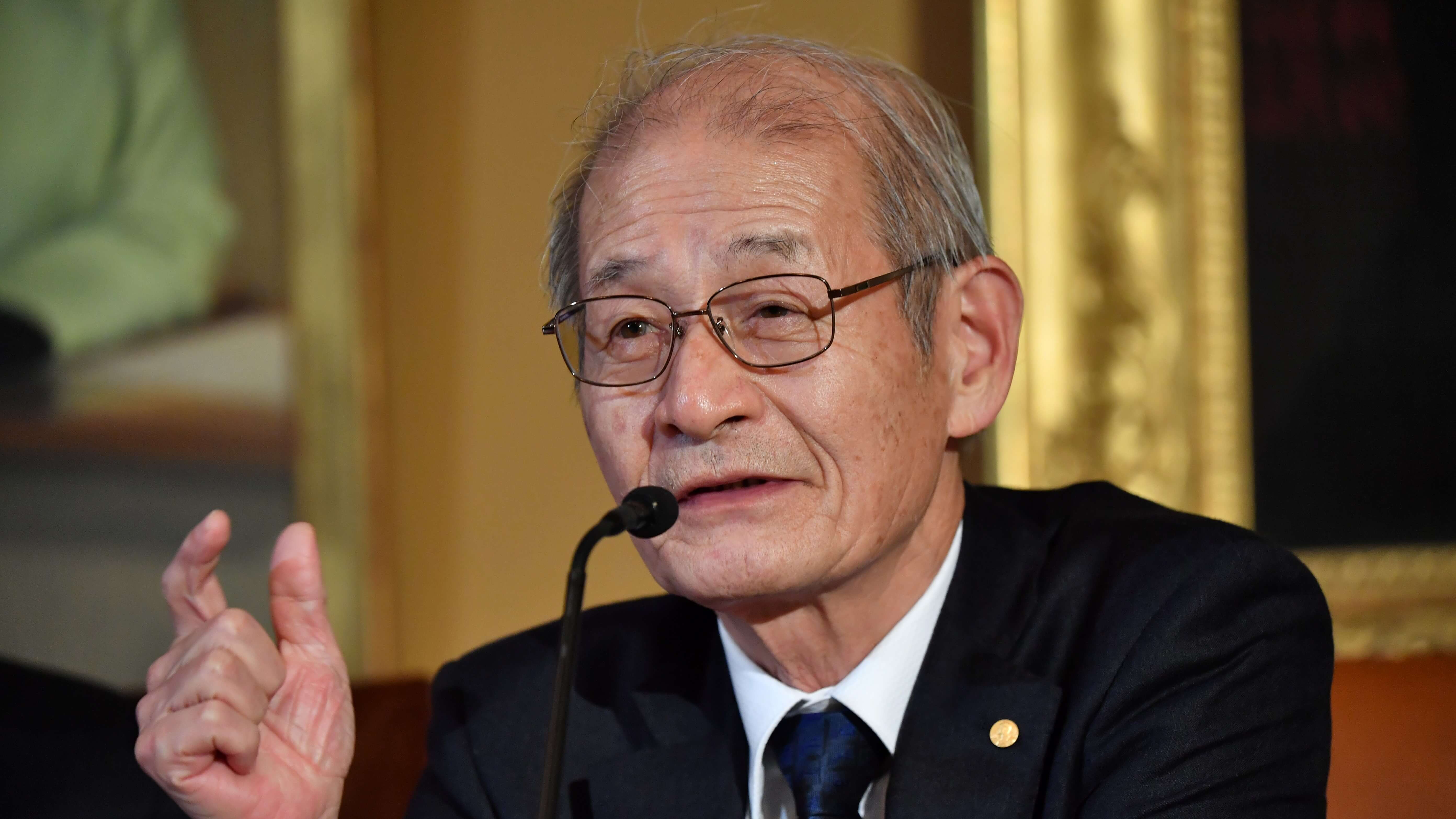Lithium-ion batteries have created the first serious competition in a century for fossil fuels and internal combustion engines in transportation.
As an honorary member of Asahi Kasei, the Japanese chemical company he has worked for nearly 50 years, Yoshino sees further upheaval ahead as transportation and digital technology become one industry, sharing lithium battery technology.
Yoshino spoke to Reuters about the next generation of electric vehicle batteries, the potential for shared autonomous electric vehicles that can self-charge, the prospects for hydrogen fuel cell vehicles, and the possibility that Apple could lead the convergence of the automotive and information technology industries in mobility the future.
Here is an edited transcript:
Reuters: Which technical innovations – in design, in chemistry and materials, even in processes – could lithium-ions hold up as the dominant EV battery chemistry and for how long?
Yoshino: There are two major areas of innovation that could be key. One of them would be new cathode materials and anode materials. The second would be the system in which the EV is used. In other words, how people use the electric vehicles and how they charge and discharge them.
Reuters: Are you talking about people who use electric vehicles in different ways? So don’t own a vehicle, but pay for it per use, for example through carpooling?
Yoshino: Yeah, I think the greatest potential is in sharing. When autonomous electric vehicles become practical, it will dramatically change the way people use vehicles.
Reuters: How long will it take for wireless charging of electric vehicle batteries to become a reality, be it via the road bed, solar panels on the vehicle or in some other way?
Yoshino: The basic technology for wireless charging is not a problem. The problem is how to apply this to a practical system. There are two possibilities. One of them is cars parked in a specific location where wireless charging is available. The second is while the car is moving. It probably won’t be on every street, but it might be possible on certain streets where this is available.
When you think of autonomous electric vehicles, the vehicles know when to charge and drive to the charging station by themselves. Such a situation can come in handy sooner than you think.
Reuters: Toyota and Honda are selling small numbers of fuel cell electric vehicles, but the hydrogen infrastructure to support fuel cells seems many years away.
Yoshino: There are challenges in terms of technology and costs with fuel cell vehicles, but they can be mastered. If one thinks in the longer term, 2030 to 2050, autonomous shared vehicles will emerge.
In theory, an autonomous vehicle could run on a gasoline engine, it could be electric, it could be a fuel cell. It doesn’t matter what the power source is. But it has to fill up its energy somehow. If the vehicle cannot do this automatically without human intervention, the system is somehow meaningless. The same would be true for gasoline or hydrogen.
In this sense, the electric vehicle is the one that can automatically replace its energy. When you think of the Roomba vacuum cleaner, it goes around the room and it goes and recharges itself. If Roomba needs someone to come and “fill the tank”, no one would want to buy Roomba.
Reuters: What else should we know about the future of mobility?
Yoshino: The auto industry is currently thinking about investing in the future of mobility. At the same time, the IT industry is also thinking about the future of mobility. Somewhere, at some point, with the auto industry and the IT industry, there will be some kind of convergence for the future of mobility.
Tesla has its own independent strategy. The one to watch out for is Apple. What are you going to do? I think they can announce something soon. And what kind of car would you announce? What kind of battery? You probably want to get in around 2025. If they do, I think they have to announce something by the end of this year. That’s just my personal hypothesis.
(Reporting by Paul Lienert in Detroit; editing by Edward Tobin)

